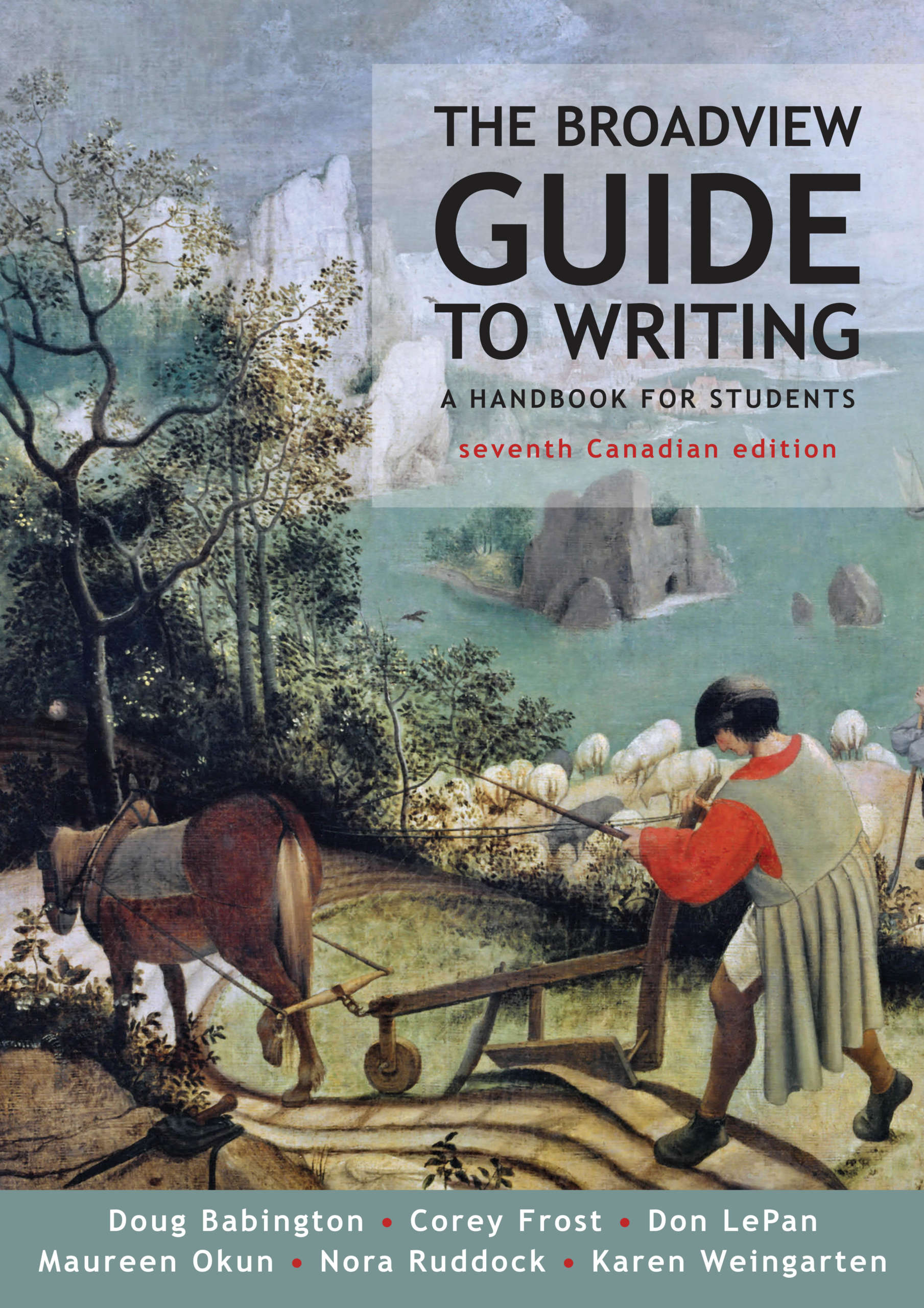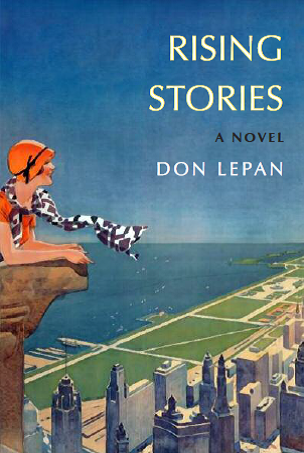And just about everyone in North America also knows that, in this part of the world, “the high costs [of vegetarian and vegan options] make them inaccessible to many” (Sylvain Charlebois in The Globe and Mail, 22 January, 2019).
Can both these ‘knowings’ be right? Can it really be the case that animal products are far more expensive than vegetable ones in India or China, but far less expensive in North America?
No, is the short answer.
Let’s compare. Say you’re planning to make a simple spaghetti and tomato sauce meal tonight. For protein you can throw in 454 gram package of extra firm tofu, cubed. That will set you back $2.89 at the local grocery story here in Nanaimo—or, if you want to go organic, $3.79 for the same size package. What if you choose ground beef for your protein instead? If you buy the “family size” lean ground beef, it will cost you $4.99 for 454 grams ($1.10 per 100 grams). If you want to go upscale, 454 grams of organic lean ground beef will cost you $7.99 (1.76 per 100 grams); 454 grams of non-organic but extra lean will cost you $6.99 ($1.54 per 100 grams). So here’s the chart:
Extra firm tofu (regular) $2.89Partisan carnivores might reasonably quibble here that there’s more protein in 454 grams of lean ground beef than there is in 454 grams of extra firm tofu—and partisans of another stripe might reasonably respond that it’s now been conclusively demonstrated that humans require far less protein than the food guides of the past (and the meat and dairy industries) long tried to make us all believe. Either way, it would be hard to argue on the basis of these prices that the vegan option is the more expensive one.
Extra firm tofu (organic) $3.79
Lean ground beef (regular) $4.99
Lean ground beef (organic) $7.99
Extra lean ground beef $6.99
The above is in fact an example stacked in favor of making meat options seem cheaper; let’s look as well at a chili dish as a point of comparison. Our recipe for “Great and Fast Vegan Chili” of course calls for no meat—and it needs no tofu either, since there’s lots of protein in the kidney beans. (The full list of ingredients includes an onion, several cloves of garlic, a large tin of diced tomatoes, 1 large tin of kidney beans, and spices). That’s pretty much the basis for most chilis with meat in them too—except for the meat, which of course is a lot more expensive than kidney beans are. If you want your chili to be served con carne, the meat costs extra—and it's a cost you simply don't need to incur if you choose the vegan alternative.
But what if you really want a “meat and two veg” sort of meal? Maureen and I often still want exactly that; our go-to option for the “meat” part of it tends to be Tofurky brand tofu-based meatless Italian Sausage. That is definitely something of a premium product; a pack of four large sausages costs $7.99 for 397 grams. By comparison, 397 grams of the in-store mild Italian sausage or the in-store Bratwurst in our neighborhood would set you back only $5.24 ($1.32 per 100 grams); 397 grams of the somewhat fancier Grimm’s garlic sausage would set you back $6.98 ($1.76 per 100 grams)—still a dollar less than the premium Tofurky product. You could I think argue that much of the difference disappears in the weight lost in fat when you cook sausages made from meat. But that would be to quibble. Let’s grant that this vegan “’meat’ and two veg” meal costs a dollar or two more than the animal-product equivalent. That’s still more than balanced by the lower expense of the spaghetti meal (vegan version significantly less costly) and the chili meal (vegan version much less costly).
In fairness, it should be conceded that certain forms of processed vegan food (such as vegan cheese) are often more expensive than the closest animal-product equivalents. But there’s no question that the fundamentals are such that, for any animal-product based meal, there are less expensive vegan alternatives that are nutritionally comparable.
The above examples are of standard North American-style meals. We haven’t even begun to consider the many delicious meals you can make with little more than lentils and rice and few spices (if you don’t believe me, again I will volunteer to give you one or two of Maureen’s recipes!). It’s these sorts of dishes, or course, that poor people all over the world who can afford neither chorizo nor Tofurky sausages eat on a regular basis.
The simple fact, then, is that it’s not inherently more expensive to adopt a plant-based, whole-foods diet; if anything, quite the reverse.
How has the misconception that vegan = expensive taken root? In part it’s no doubt because, until quite recently, the sort of person in North America who would consider going vegan tended also to be the sort of person who would consider buying everything organic if they could. Organic products (whether for vegans or carnivores) are typically more expensive; whether they’re worth it or not is an interesting argument, but one I won’t get into here. (Sometimes yes, sometimes no, is I suspect the answer.) For the present purpose, the point is twofold.
One: these days there are many, many different sorts of vegans, including many who rarely if ever buy organic.The other reason why people often wrongly imagine vegan options to be more expensive than animal product ones is much sadder. It has to do with fast food. McDonald’s and KFC and the others are cruel and ruthless machines, creating vast externalities—costs that others in society will eventually pick up, whether it be the costs of the health care and other benefits these companies don’t provide for their workers, or the costs of the pollution inflicted on the environment by animal agriculture. As a result, these companies are able to provide meals at extraordinarily low prices. They are meals that are bad for our health, bad for the environment, and bad for the animals who have been bred and killed in order to manufacture them, and in the end they carry high costs for our society. But in the short term they are low cost to the individual who buys a burger and fries at McDonalds—that much, sadly, is undeniable.
Two (and more importantly): The simple fact is that organic and vegan are entirely different categories, and not to be conflated. As it happens, organic alternatives tend to cost more than non-organic ones—but vegan food more often than not costs less than food made from the flesh or milk or eggs of animals.
Vegan fast food is still in its infancy; given that no cruelty to animals is involved, it is impossible that vegan fast food will ever rival the ruthless cruelties of animal-product fast food. But perhaps vegan fast food will one day rival McDonald’s prices. If—and we should all fervently hope this occurs—governments everywhere start to see the error of their ways and reduce the subsidies they currently provide to animal agriculture, and start to charge fast food companies appropriately for the external costs they are imposing on society at large, it will then be a level playing field—and we can expect the Beyond Burger at the local fast food joint to cost no more than the comparable-size beef burger.




